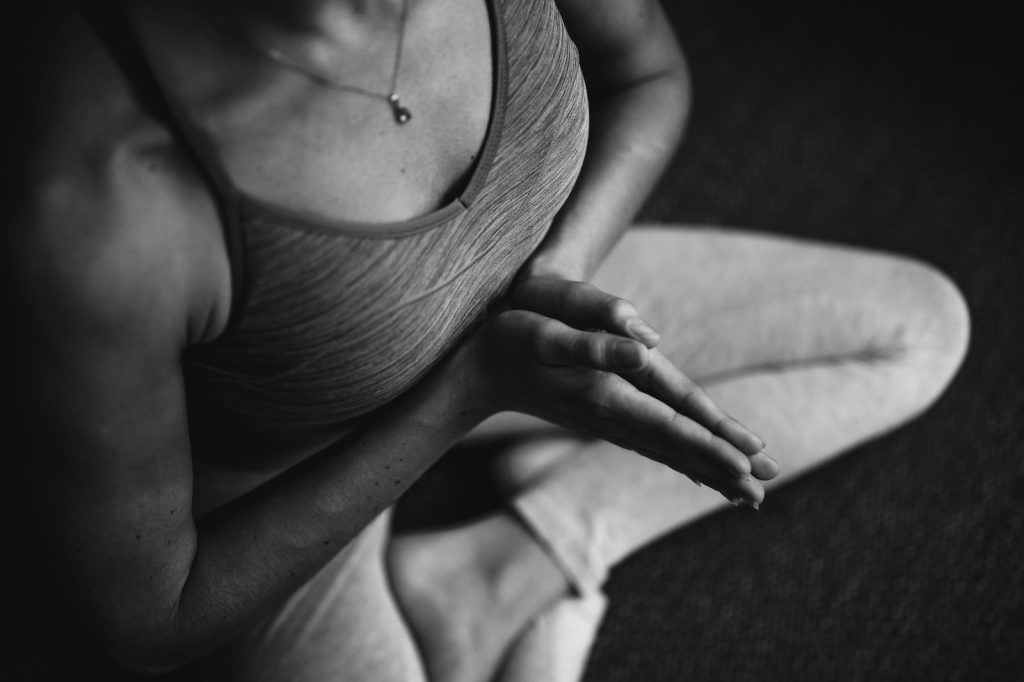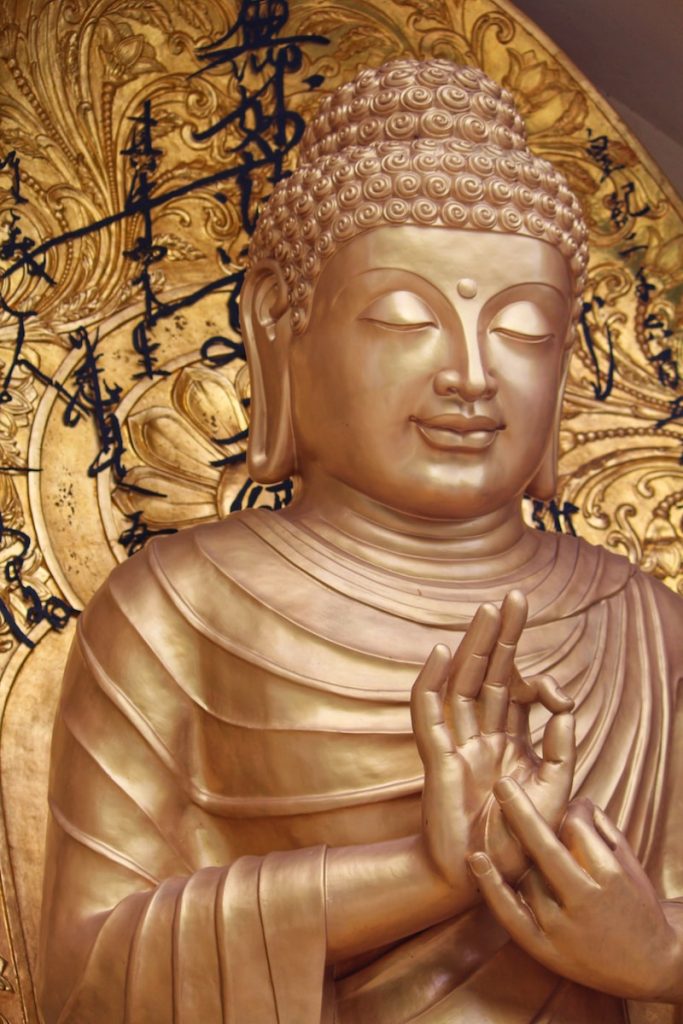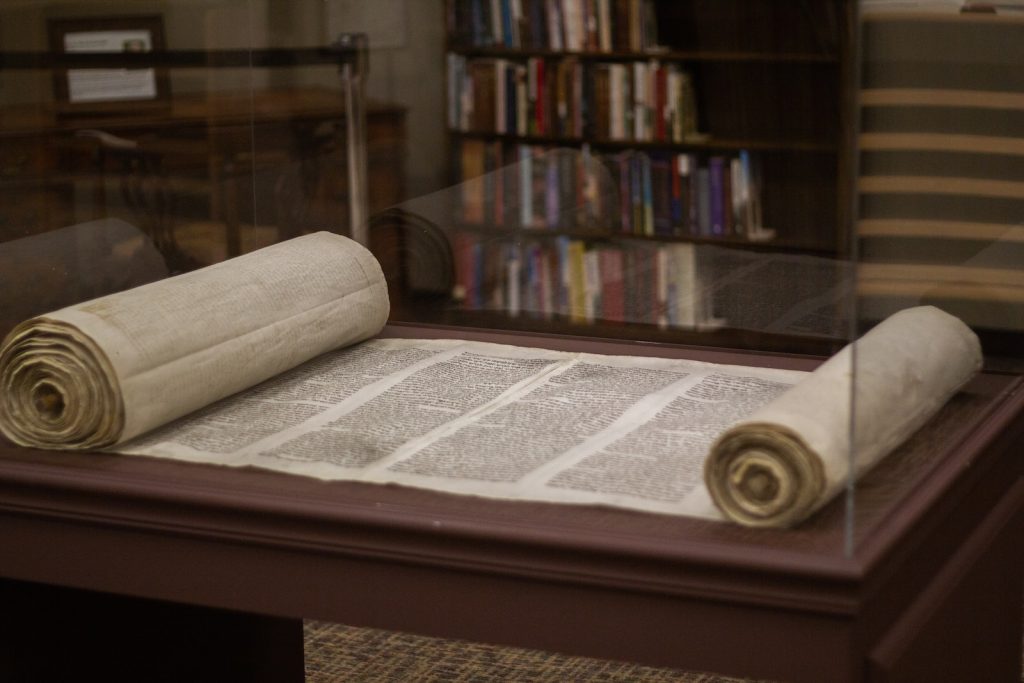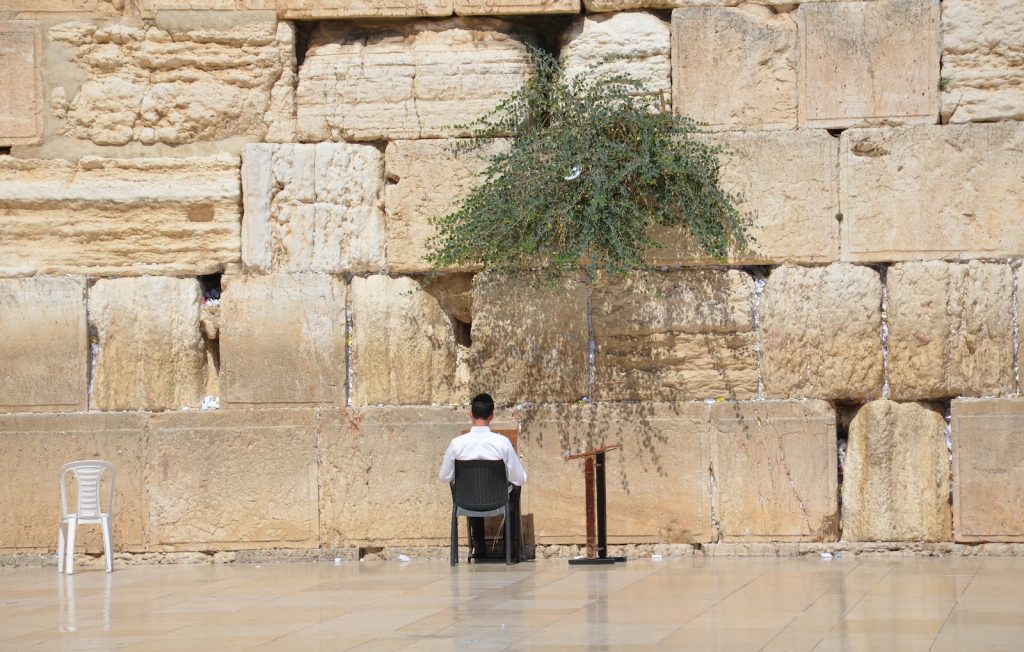Mudras and Meditation: Exploring Their Spiritual and Mindful Significance Throughout History
Mudras and meditation have been used for thousands of years as spiritual practices to enhance mindfulness and promote inner peace. Mudras are hand gestures that are believed to have healing and transformative powers, while meditation is a practice that involves focusing the mind on a particular object, thought, or activity to achieve a state of calmness and relaxation. The history of mudras and meditation can be traced back to ancient India, where they were an integral part of the Vedic tradition and were used to connect with the divine. Over time, these practices spread to other parts of the world and were adopted by different cultures and religions. Today, they continue to be popular among people of all ages and backgrounds who seek to improve their mental and physical well-being. In this article, we will explore the historical significance of mudras and meditation and their role in spiritual practices and mindfulness. We will examine how these practices have evolved over time and how they are used in different cultures and traditions. By the end of this article, readers will have a better understanding of the benefits of mudras and meditation and how they can incorporate these practices into their daily lives. Origins of Mudras in Spiritual Traditions Early Vedic Practices Mudras have been an integral part of spiritual practices in India since ancient times. The earliest references to mudras can be found in the Vedic scriptures, which date back to around 1500 BCE. The Rigveda, one of the oldest Vedic texts, describes the use of hand gestures during rituals and meditation. These gestures were believed to have the power to enhance spiritual energy and concentration. Buddhism and the Use of Mudras Mudras also played a significant role in the development of Buddhist meditation practices. The Buddha is often depicted in statues and paintings with his hands in various mudras, each with its own symbolic meaning. For example, the “Bhumisparsha mudra,” or “earth-touching gesture,” represents the moment of the Buddha’s enlightenment. Buddhist mudras are also used during meditation to help practitioners focus their minds and cultivate specific qualities such as compassion, wisdom, and inner peace. Some of the most commonly used mudras in Buddhist meditation include the “Anjali mudra,” or “prayer gesture,” and the “Dhyana mudra,” or “meditation gesture.” Mudras in Hinduism In Hinduism, mudras are used in a variety of spiritual practices, including yoga, tantra, and meditation. Each mudra is believed to have a specific effect on the body and mind, depending on the position of the hands and fingers. For example, the “Gyan mudra,” or “knowledge gesture,” is believed to enhance concentration and memory, while the “Shuni mudra,” or “gesture of patience,” is said to promote inner calm and emotional stability. Overall, mudras have a rich history in spiritual traditions across India and continue to be an important tool for cultivating mindfulness and spiritual growth. Meditation: An Overview Defining Meditation Meditation is a practice that involves training the mind to focus and achieve a state of calm and relaxation. It is a technique that has been used for centuries to promote physical, mental, and emotional well-being. Meditation can take many forms, including mindfulness meditation, mantra meditation, and movement meditation. Historical Development of Meditation Meditation has a long history that dates back to ancient times. It has been practiced in various cultures and religions, including Hinduism, Buddhism, Taoism, and Christianity. In India, meditation was developed as a spiritual practice in Hinduism and later adopted by Buddhism. In China, Taoist meditation was developed as a means of achieving longevity and immortality. In the West, Christian contemplative practices such as centering prayer and lectio divina have been used for centuries. In recent years, meditation has gained popularity in the West as a means of reducing stress, improving focus, and promoting overall well-being. Studies have shown that regular meditation practice can have a positive impact on mental health, including reducing symptoms of anxiety and depression. Meditation has also been shown to have physical benefits, such as lowering blood pressure and improving immune function. Overall, meditation is a powerful tool for promoting physical, mental, and emotional well-being. Its long history and widespread use across cultures and religions attest to its effectiveness and enduring appeal. Interconnection of Mudras and Meditation Symbolism and Significance Mudras are hand gestures that have been used in meditation and spiritual practices for thousands of years. They are believed to have a symbolic meaning that represents different aspects of the human body and mind. Each mudra has a unique significance and is associated with a specific energy or element. For example, the Gyan mudra, also known as the “knowledge” or “wisdom” mudra, is formed by touching the tip of the index finger to the tip of the thumb. This mudra is believed to enhance concentration, memory, and creativity. It is also associated with the element of air and is said to balance the body’s energy. Similarly, the Chin mudra, formed by touching the tip of the index finger to the tip of the thumb, with the other three fingers extended, is associated with the element of fire. It is believed to stimulate digestion, increase energy, and promote inner strength. Physical and Mental Benefits Apart from their symbolic significance, mudras are also believed to have physical and mental benefits. They are said to activate specific areas of the brain and stimulate the flow of energy throughout the body. For example, the Prana mudra, formed by touching the tip of the ring finger and the little finger to the tip of the thumb, is believed to increase vitality and boost the immune system. It is also said to improve eyesight and reduce fatigue. The Vayu mudra, formed by placing the index finger at the base of the thumb and applying gentle pressure, is believed to relieve stress and anxiety. It is also said to improve circulation and reduce joint pain. In conclusion, mudras and meditation have a deep interconnection. Mudras are used in meditation to enhance focus, concentration, and spiritual awareness. They






